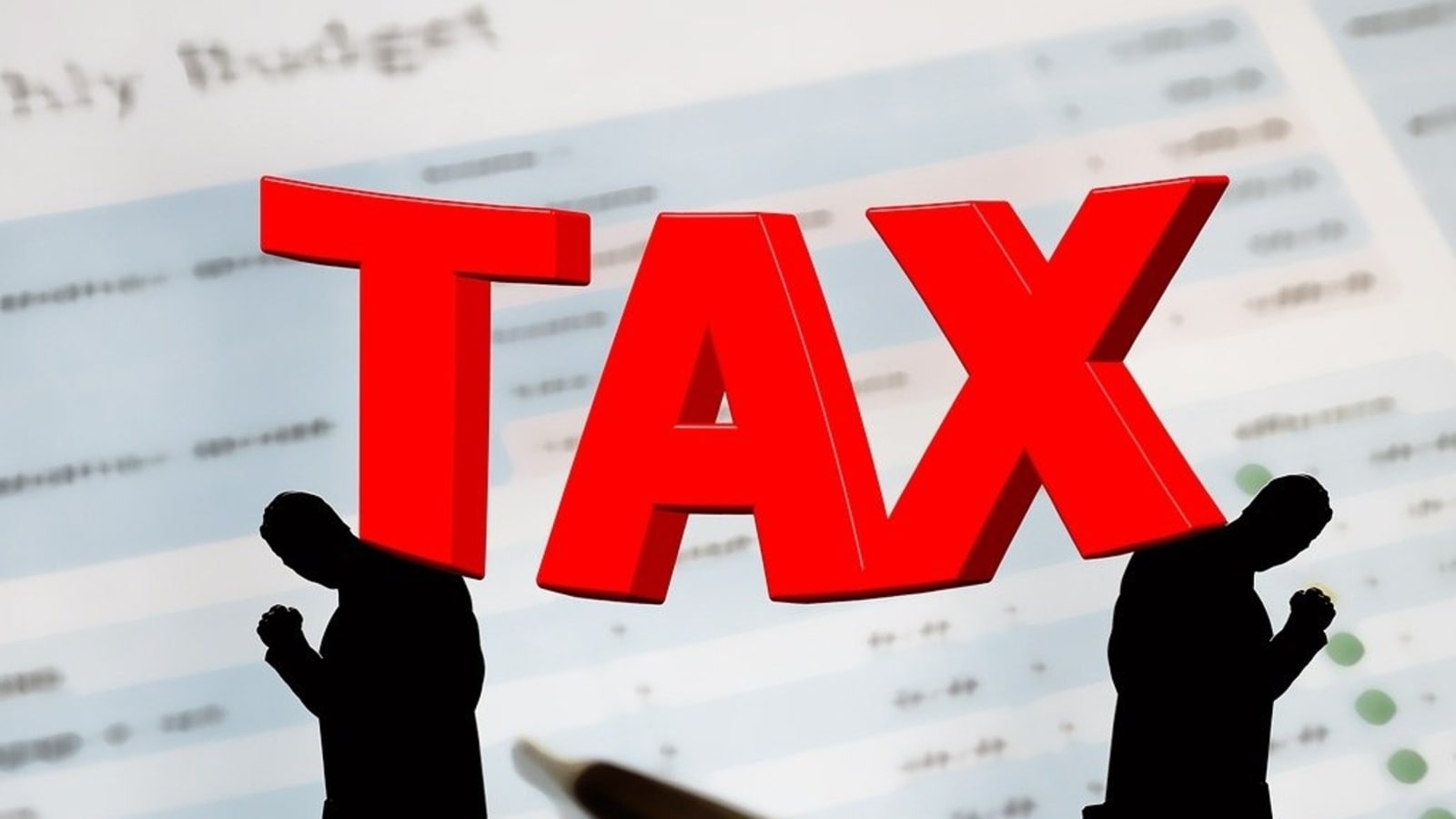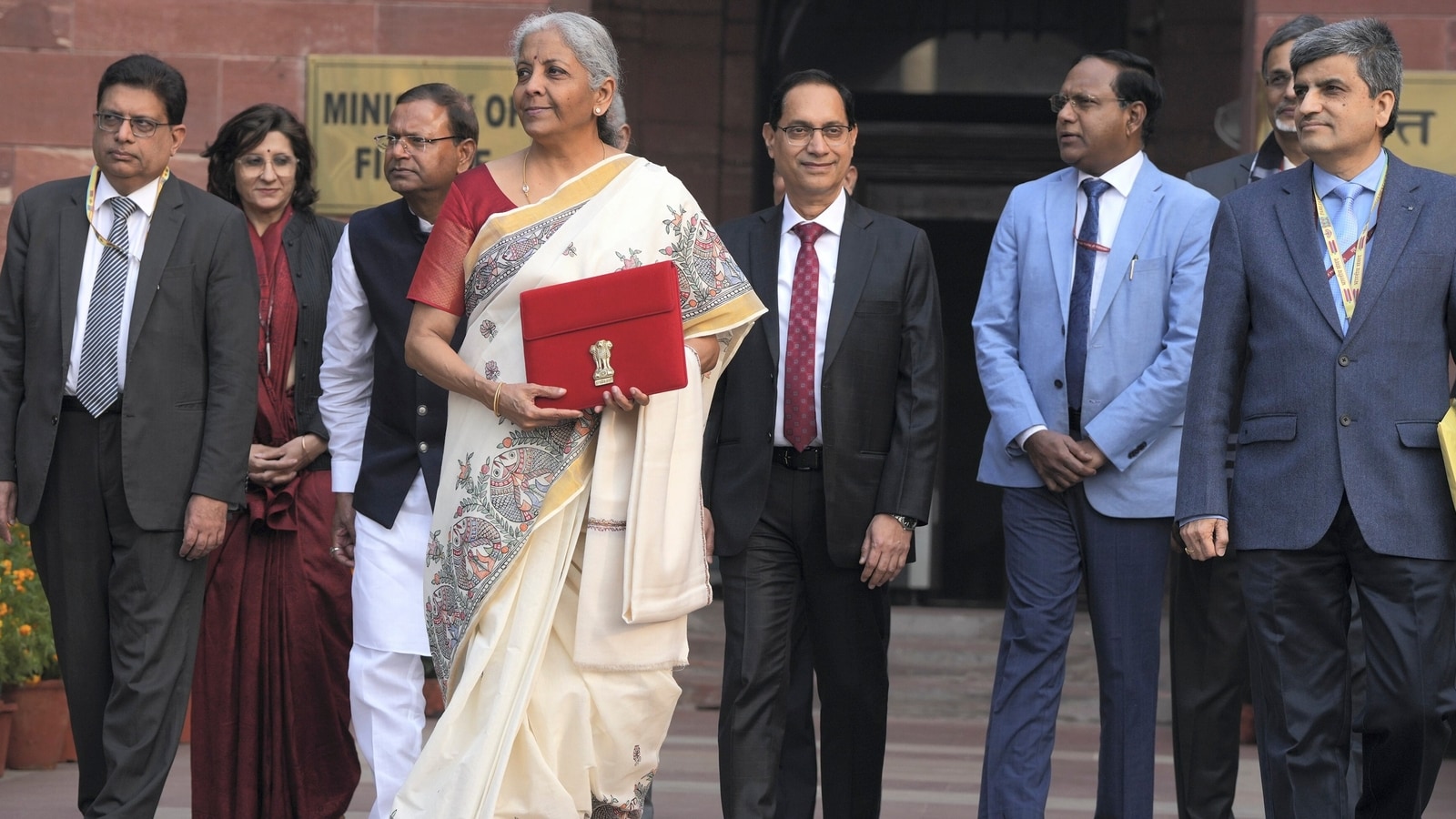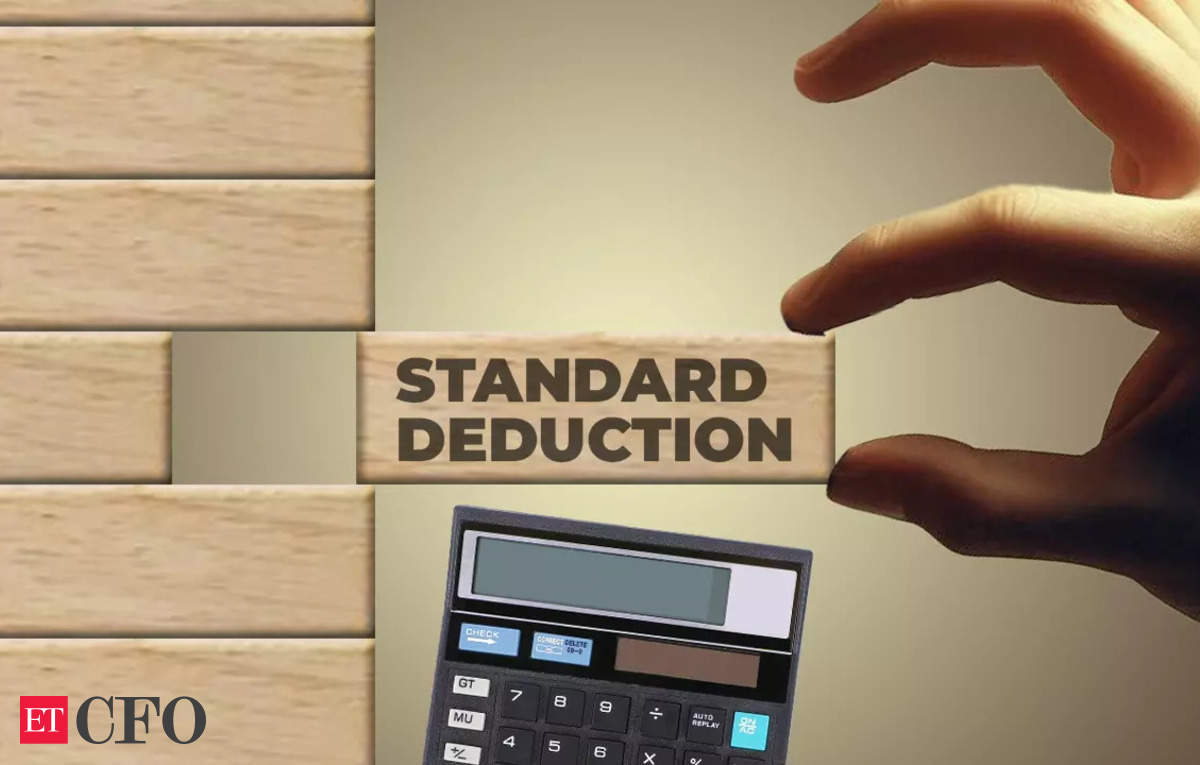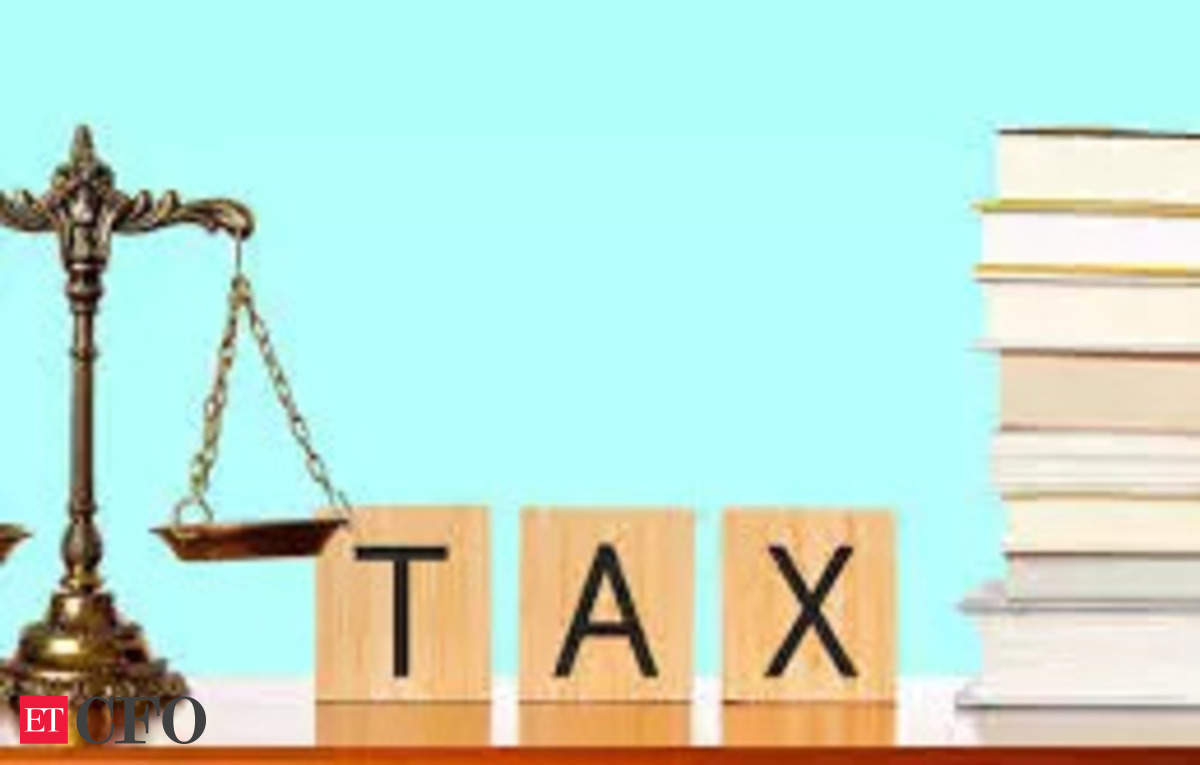The Employees’ Provident Fund (EPF) is a crucial retirement savings scheme for salaried employees in India, aimed at building a substantial retirement corpus. Under this scheme, both employees and employers contribute 12% of the employee’s basic salary to the EPF account every month. While the employee’s contribution is mandatory, there’s also an option to contribute more through the Voluntary Provident Fund (VPF), which can enhance retirement savings.
Understanding Contributions:
- Employee’s Contribution: 12% of the basic salary is deducted every month and deposited into the EPF account. This contribution qualifies for a deduction under Section 80C of the Income Tax Act, providing significant tax benefits.
- Employer’s Contribution: The employer matches the employee’s contribution by contributing 12% of the basic salary to the EPF account. However, it’s important to note that only 8.33% of this is directed towards the Employee Pension Scheme (EPS), while the remaining 3.67% goes into the EPF account.
Voluntary Provident Fund (VPF): Employees have the option to contribute more than the mandatory 12% of their basic salary towards EPF. This additional contribution is known as the Voluntary Provident Fund (VPF). The VPF also earns the same interest as the EPF, currently at 8.25% p.a. for FY 2024-25 and FY 2023-24, making it an attractive option for those looking to enhance their retirement savings.
Eligibility for EPF Withdrawal: EPF withdrawal is subject to certain conditions and is permitted in full or partial amounts based on the circumstances:
- Full Withdrawal:
- On retirement at the age of 55 years.
- One year before retirement, after attaining 54 years, employees can withdraw up to 90% of the EPF funds.
- After one month of unemployment, an employee can withdraw 75% of the EPF amount, with the remaining balance being transferred to a new PF account upon securing new employment.
- The entire EPF amount can be withdrawn after two months of unemployment.
- Partial Withdrawal:
- For medical expenses, marriage, education, purchase/construction of a house, home loan repayment, or house renovation.
Tax Implications of EPF Withdrawal: EPF withdrawals are subject to taxation based on the timing and conditions under which the withdrawal is made. The tax implications are as follows:
- Components of EPF Withdrawal:
- Employee’s Contribution: This portion is not taxable. However, if deductions under Section 80C were claimed in the past, the withdrawn amount might be taxed as if Section 80C benefits were not availed.
- Interest on Employee’s Contribution: Taxed as “Income from Other Sources.”
- Employer’s Contribution and Interest: Fully taxable under the “Salary” head in the income tax return.
- Tax on EPF Withdrawal Before 5 Years:
- If the EPF is withdrawn before completing 5 years of continuous service, TDS at 10% is applicable if the amount exceeds ₹50,000. If PAN is not provided, TDS is deducted at 20%. However, no TDS is deducted if the amount is less than ₹50,000, or if Form 15G/15H is submitted indicating nil tax liability.
- Tax on EPF Withdrawal After 5 Years:
- EPF withdrawal after 5 years of continuous service is exempt from tax, provided the withdrawal is not from an unrecognized provident fund.
- Tax on EPF Withdrawal by Temporary Employees:
- For employees hired on a temporary basis, the period for calculating 5 years starts from the date of joining as a permanent employee. Any withdrawal before completing 5 years as a permanent employee is taxable.
- Tax on EPF Withdrawal from an Unrecognized EPF:
- Withdrawals from an unrecognized provident fund are taxable, irrespective of whether the employee has completed 5 years of service.
Rates of TDS on EPF Withdrawals:
- TDS is deducted at 10% on EPF balances withdrawn before 5 years of service if the amount exceeds ₹50,000.
- If PAN is not provided, TDS is deducted at 20%.
- No TDS is deducted if Form 15G/15H is submitted, indicating that the tax on total income is nil.

Strategies to Avoid TDS on EPF Withdrawal:
- Transfer EPF Balance: Instead of withdrawing, transfer your EPF balance to the new employer’s account when changing jobs. This maintains the continuity of your EPF account and helps in avoiding TDS.
- Defer Withdrawal: Postpone your EPF withdrawal until after completing 5 years of continuous service to avoid TDS.
- Withdraw Less Than ₹50,000: No TDS is deducted if the withdrawal amount is less than ₹50,000.
Visit www.cagurujiclasses.com for practical courses











